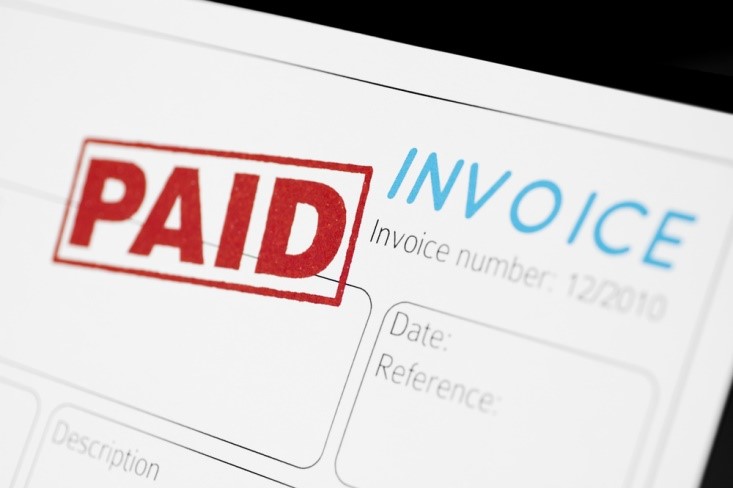There are numerous reasons why invoicing matters to businesses, and this article outlines five of the most important. To begin with, invoicing online makes payment schedules easier. Second, printing and mailing invoices require significant labor and time and cost up to $1 per invoice. Third, even sending invoices electronically still involves work, which can add up to thousands of dollars each month. And finally, unpaid invoices affect your cash flow and affect customer relationships.
Online invoicing simplifies payment schedules.
Automated billing with online invoicing gives businesses more time to grow and add more customers. Besides streamlining billing procedures, online invoicing also reduces crowds at payment locations. Most consumers prefer online shopping, and recurring billing ensures faster payments. Choosing an online invoicing system that supports different payment methods, such as credit cards and digital wallets. Automated recurring billing allows businesses to automate billing and payment processes for their customers.
In contrast, traditional invoices are not linked to a specific payment method. As a result, a customer may pay an invoice without seeing the balance. However, with online invoicing, a customer can pay the balance immediately or later. In addition, businesses can set flexible payment terms and methods, which allows them to manage their cash flow more efficiently. As a result, online invoicing reduces costs and increases cash flow. Here are three reasons why invoicing software is beneficial to businesses.
Cost of printing and sending invoices through the mail
The costs associated with sending invoices through the mail are divided into two categories: direct and indirect. Direct costs are those directly related to the cost of the paper and ink used in the printing process. For example, mailing an invoice with first-class mail costs 47 cents. On the other hand, indirect costs are those associated with completing a task, like filling out the invoice form and hiring employees to process the information. Manual invoicing costs more because it involves more workforce.
Paper invoices are typically more expensive to process. It can cost $12 to $30 per invoice to process them, and the cost can reach as much as $40 per invoice for large companies that require complex accounts payable processes. Automated invoicing can save companies hundreds of thousands of dollars a year. And because paper invoices are not reusable, businesses are less likely to keep them for long. Moreover, they can lose productivity because customers do not want to wait for their invoices.
Itemizing invoices is simple.
It may seem complicated, but itemizing invoices for businesses is quite simple. Here are some tips to help you itemize invoices most efficiently:
When writing an invoice for a business, make sure that you list out all the products and services you offer, the price, and the relevant dates. This way, you’ll reduce the chances of misunderstandings and disputes, and your customer will understand what they are paying for. This process can also help with bookkeeping. It also speeds up payment. Providing an itemized invoice is an intelligent way to keep your business organized and make sure you get paid on time.
When creating invoices, don’t forget to list the contact information for your customers. Include their name and title, email address, phone number, and physical address. Then, itemize the cost of the goods and services, including the unit price and the total amount due. You can even list applicable tax rates or shipping charges as separate lines. This information in the invoice’s body section will make it easy for your customers to pay.
Impact of unpaid invoices on cash flow
In addition to being an annoying nuisance for any business owner, unpaid invoices can negatively impact a business’s cash flow. Late fees can pile up, and a damaged reputation can hurt your business’s growth. Here are some ways to manage the impact of unpaid invoices on cash flow:
First, try to avoid sending out invoices past their due date. The invoice should state the payment terms clearly. If the invoice was delivered to the wrong person, you might want to send an email requesting payment. Occasionally, a simple reminder is enough to prompt the client to pay. If this does not work, you may have to consider imposing a late payment fee. Depending on your business, a late payment fee can be very annoying to your clients.
Impact of incorrect invoices on customer relationships
Incorrect invoices can hurt customer relationships. They are likely to cause confusion and lead to repeated amendments. In addition, they can be a source of misunderstanding, primarily if you sell more than one product or service to a customer. In such situations, customers may be less inclined to pay your invoices unless they understand them. So how can you avoid creating a wrong impression?
Here are some tips.
- Avoid the use of impersonal, unprofessional invoicing.
- Invoices should be issued appropriately, reflecting your company’s tone and the value of the goods and services.
- While avoiding these issues is not impossible, working with a professional invoicing company may be necessary.
Regardless of the company size, you should consider your customers’ needs before establishing an invoice.
For more information about invoicing in businesses, check out SUMUP’s team of experts through https://sumup.com/invoices/invoicing-essentials/invoicing-software-for-small-businesses/ for more details.

